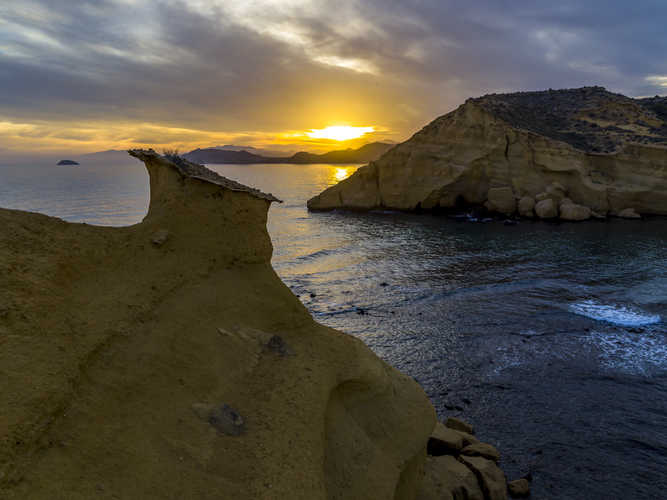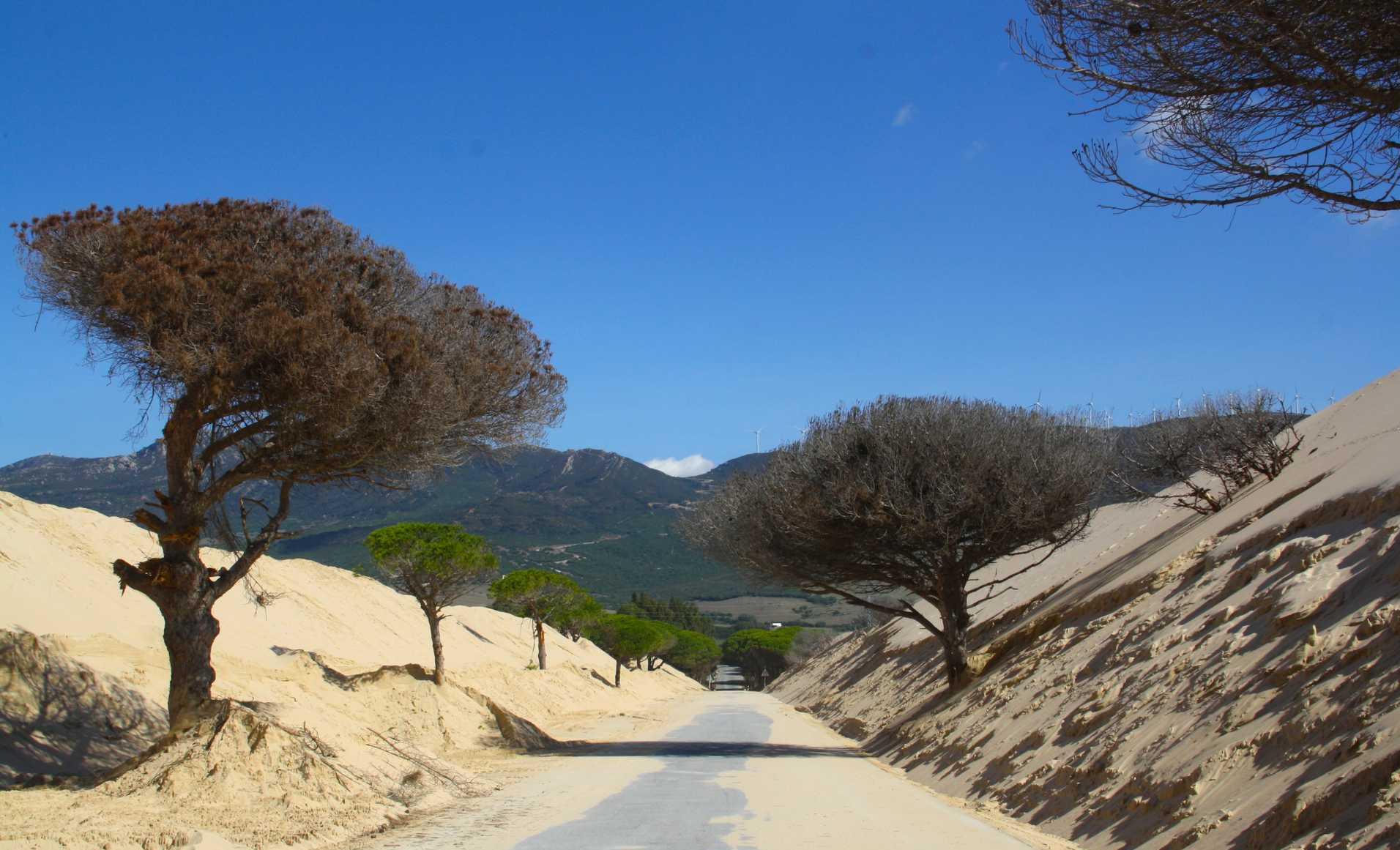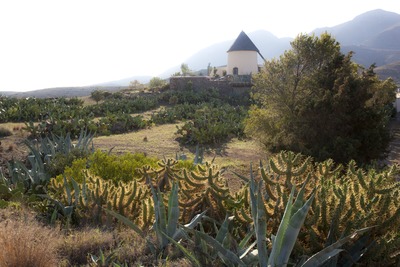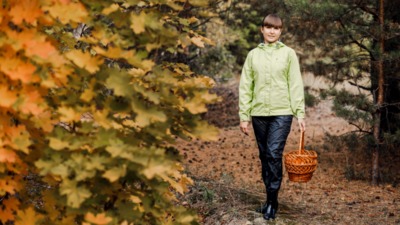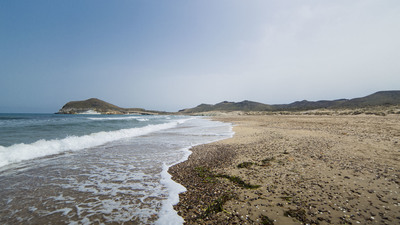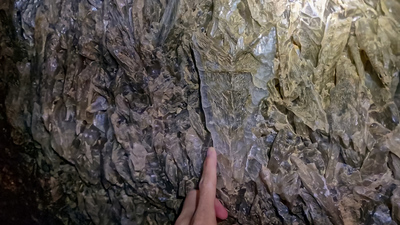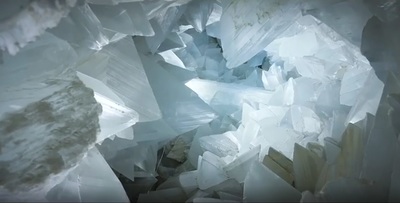The Pulpí Geode, an enormous treasure hidden underground
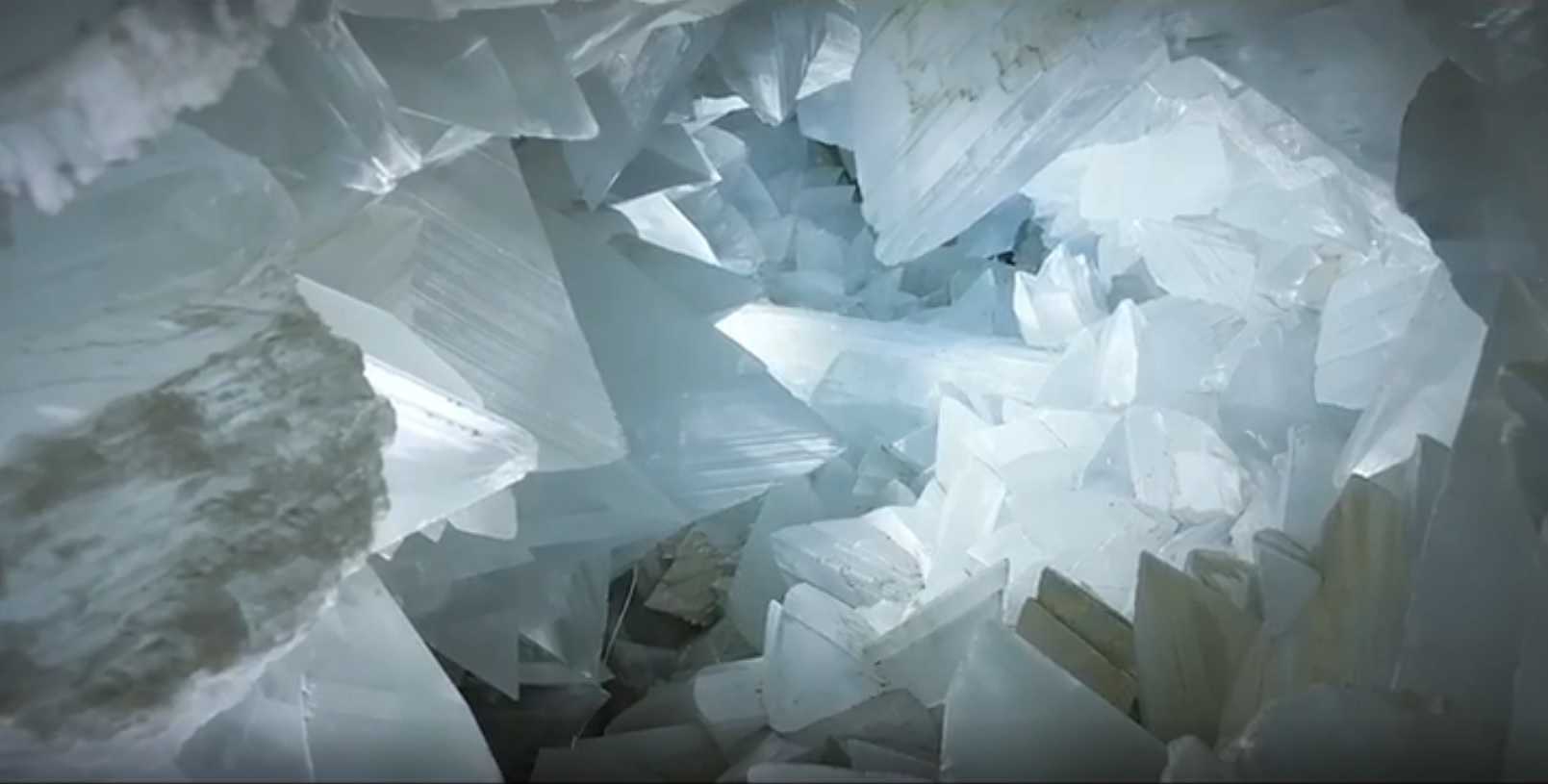
One of the greatest geological treasures in the world remained hidden until just a few years ago. In Pulpí, a small town in Almería, and at a depth of 60 metres, the Pulpí Geode waited millions of years to be discovered. It was only by chance that humans discovered it.
Let's travel back in time for a moment: to the beginning of the 20th century, at the foot of Sierra del Aguilón mountains, on the outskirts of Pulpí, in Almería. When miners carved the rock to extract the iron from Mina Rica, they had no idea that, just a few metres away, lied one of the greatest geological treasures on the planet: the Pulpí Geode. From time to time, they would discover bits of it as they mined: minerals of different types and sizes poking out of the rock by surprise. But they would never get to know the treasure that was hidden in the heart of the mine.
The Civil War broke out and this iron mine was abandoned. Decades later, several members of the Madrid Mineralogist Group arrived. In December 1999, this team would discover the great secret hidden in Mina Rica at a depth of 60 metres: the Pulpí Geode. A cavity that is 8 metres long by 2 metres high, making it the largest geode in Europe and the second largest in the world.
This siderite cavity is completely covered with large calcium sulphate crystals, also known as gypsum. The phenomenon is truly awe-inspiring. Its gypsum walled are fully lined with large crystals, some of which are up to 2 metres long. Its beautiful, shiny, bluish-white shapes seem like something from another planet (some would say even Krypton, the fictional planet where Superman was born).
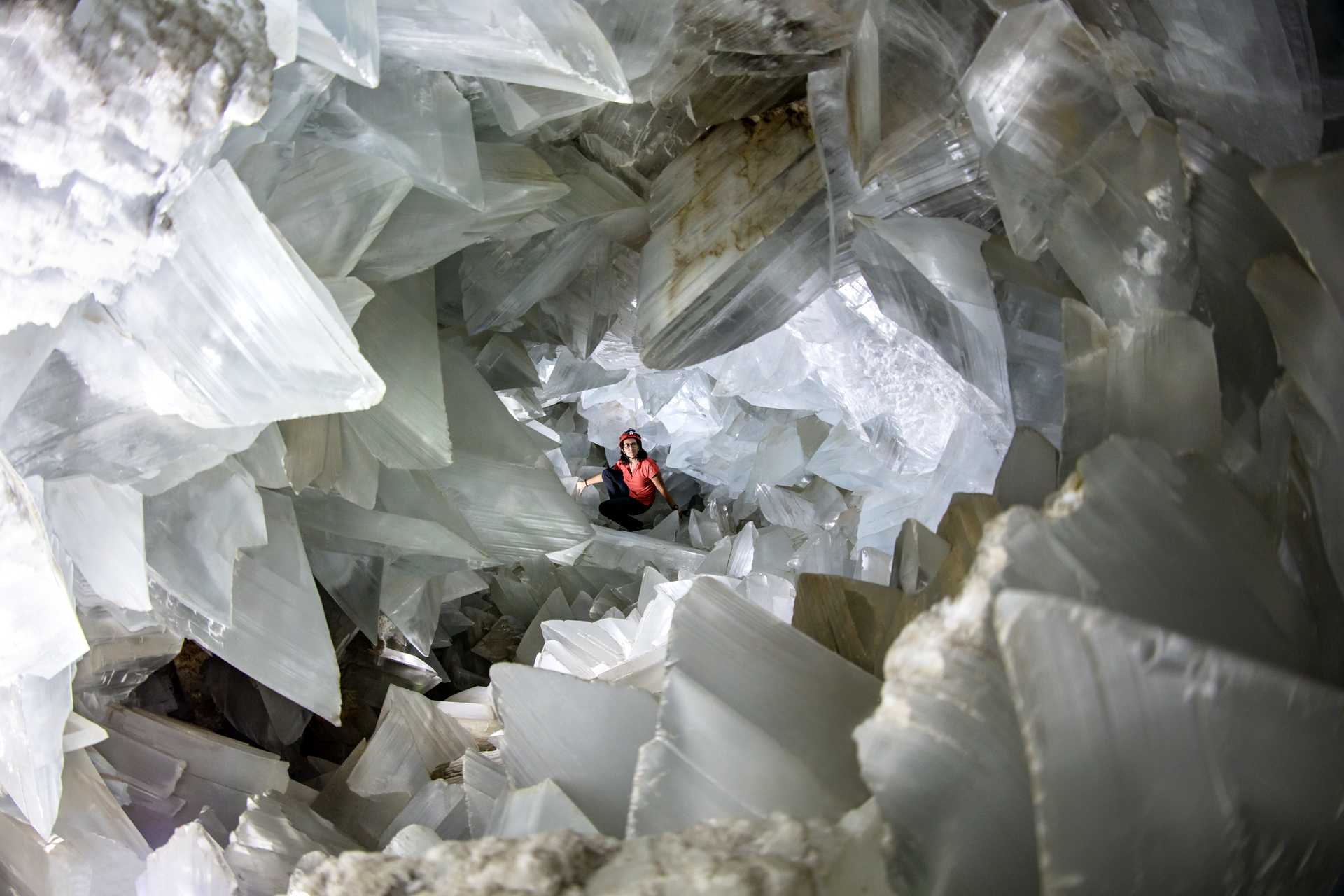
The process by which the Pulpí Geode was formed took thousands of years. It all started when water of volcanic origin seeped in through a crack in the rock. Once this water cooled down and the gases evaporated, it mixed with calcium sulphate and began to crystallise. A very slow process and very specific conditions shaping the materials, until creating its spectacular, transparent and perfect crystals.
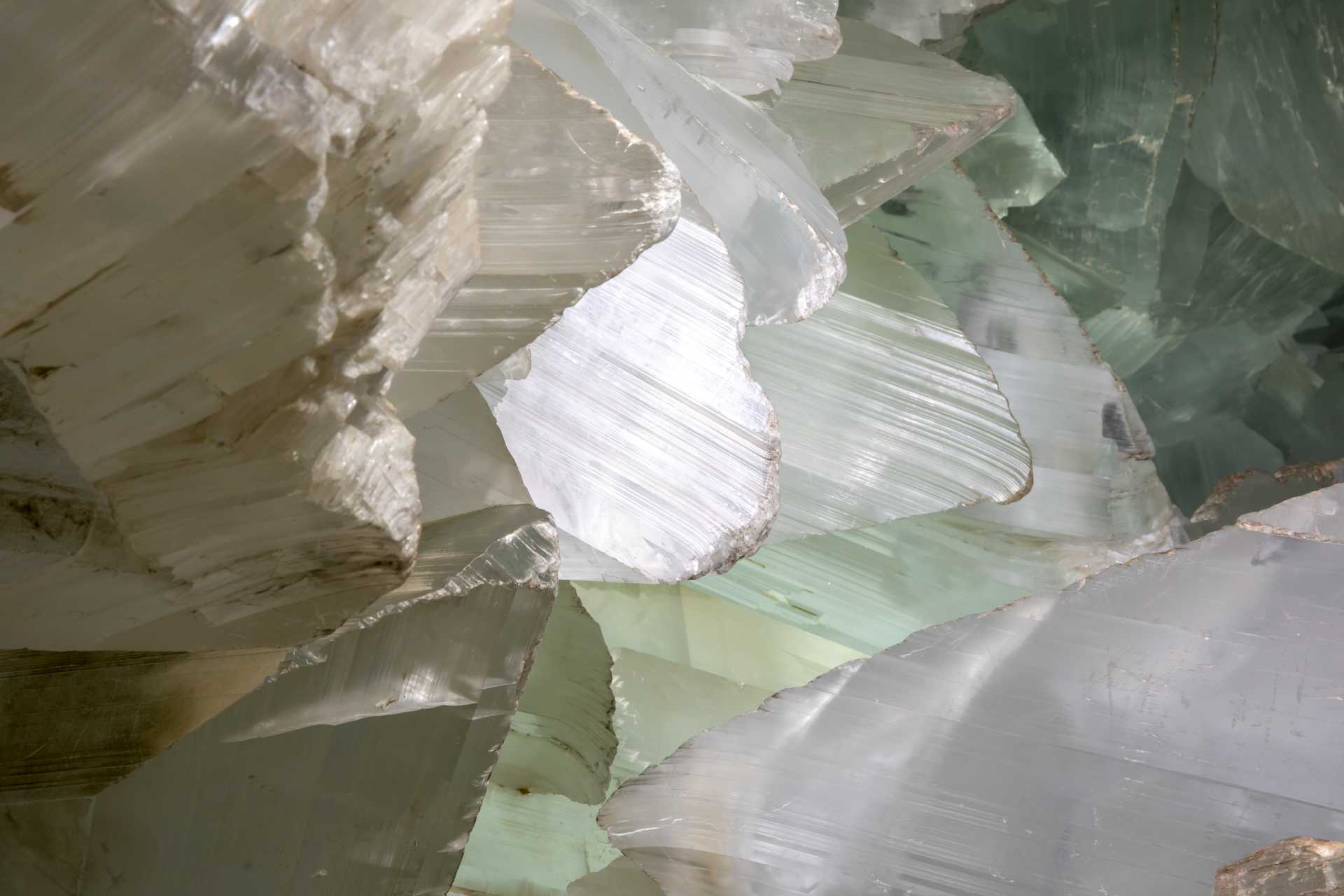
But the visit doesn't only include the geode itself. There's so much more to be discovered here. Before getting to it, you must cross the labyrinthine galleries of Mina Rica. Before that, above ground, you'll be greeted by some abandoned buildings, such as the old main shaft and the towers of the two furnaces in which the minerals were melted.
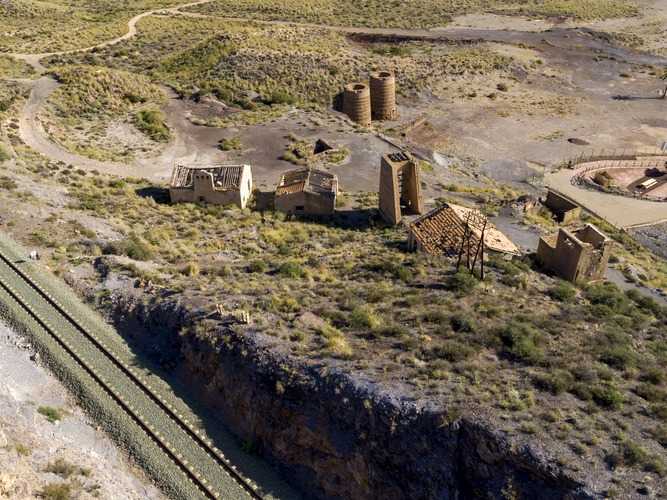
Once inside the mine, you can discover the mark of the miners: from numerous galleries (each one with a peculiar name, such as "Por si acaso" - "Just In Case", and "Quien Tal Pensara" - "Who Would've Thought"), to shafts and raises that they built to enter the depths of the earth, and even objects that they left behind, such as shoes or tins of food. In a corner you can even spot an image of Santa Bárbara, the patron saint of miners.
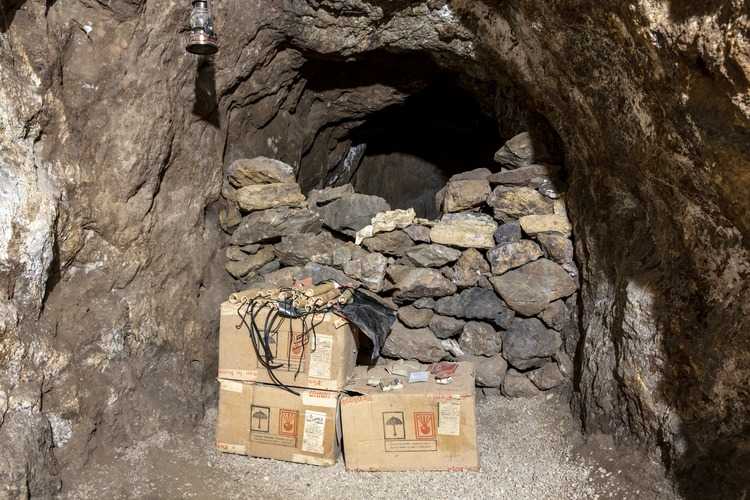
Many surprises await you on this tour, peeking out from the rocks, such as endless minerals like calcites and gypsum beards. Using infrared, you'll also be able to discover how minerals glow in the dark in some parts. The Giant Geode is not the only one that you'll find: you can see many more, especially the Split Geode and the Swallowtail Geode.
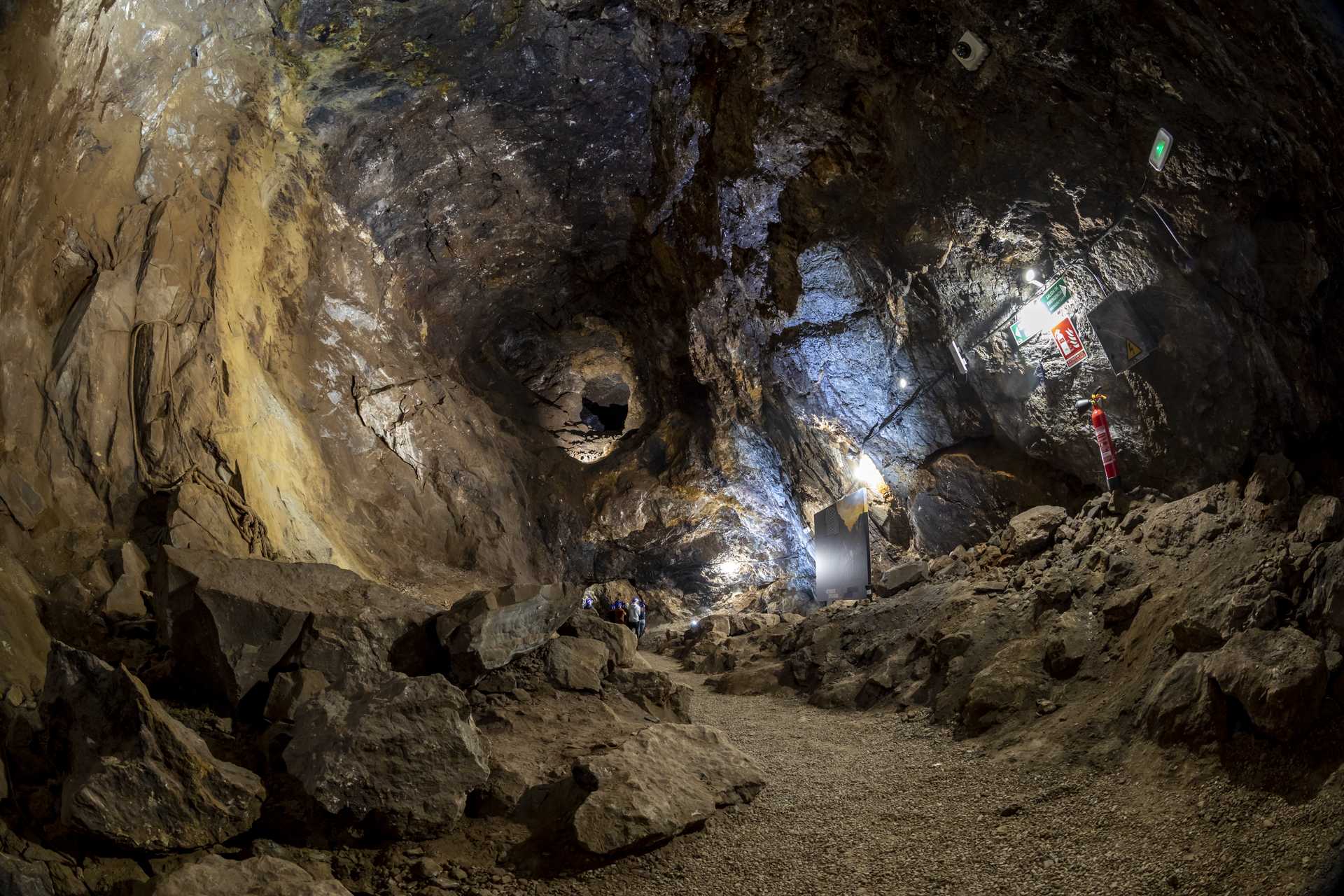
A visit to this mine in eastern Almeria is a real adventure, where you might feel like Indiana Jones or one of the characters in "Journey to the Centre of the Earth" by Jules Verne. The route is not very strenuous: most of the way is flat, except for the final part where you have to climb down a metal spiral staircase to the level where the jewel in the crown is located: the Pulpí Geode.
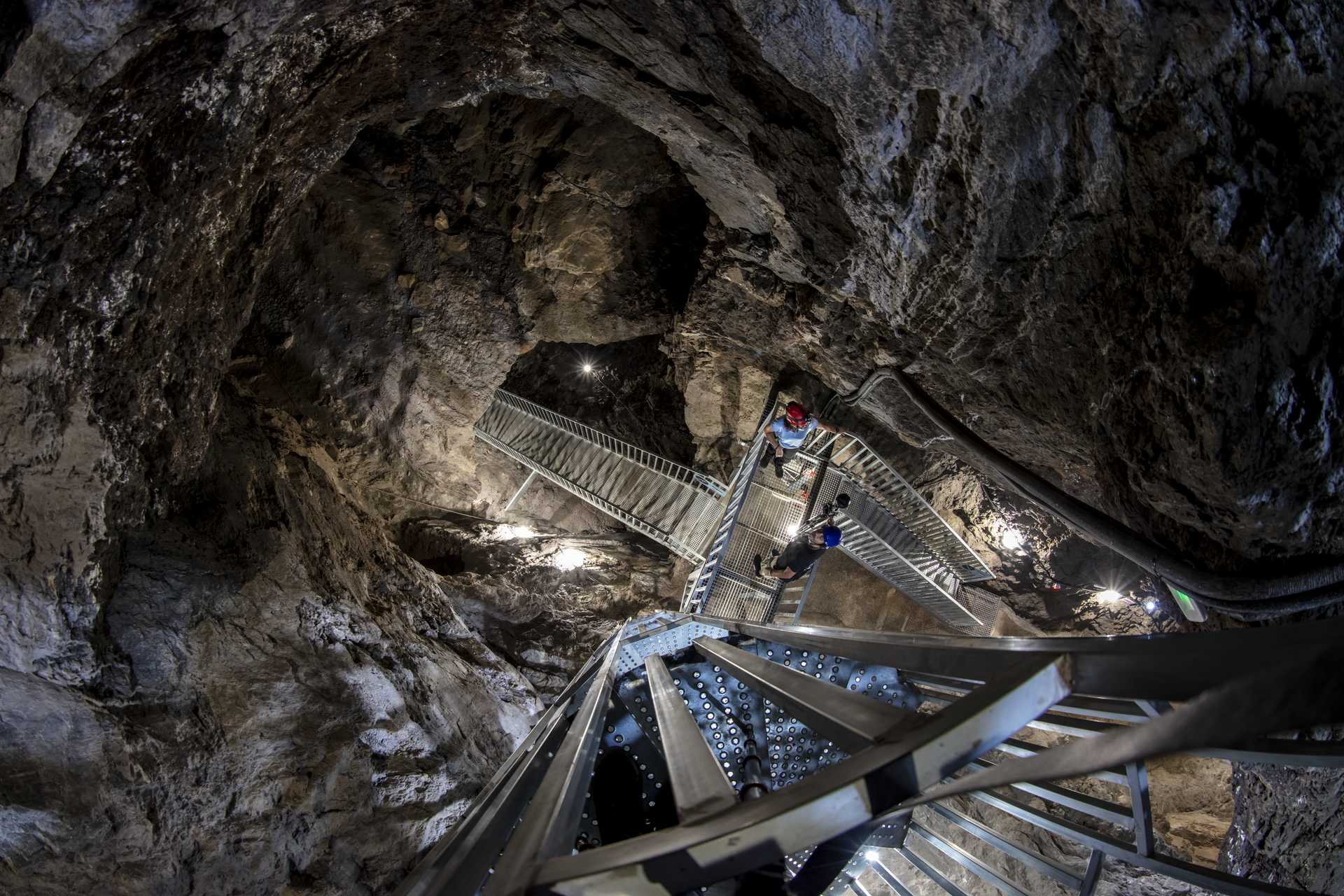
A good plan to round off the visit is to discover another of Pulpí's secret treasures: Cala Cerrada. A beautiful beach that is barely 150 metres long, with crystal-clear water and golden sand. It is perfect for bathing in summer because, thanks to its peculiar shell shape, the water is very calm and it is great to go with children.
